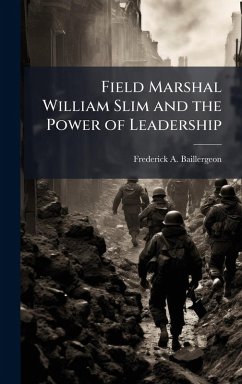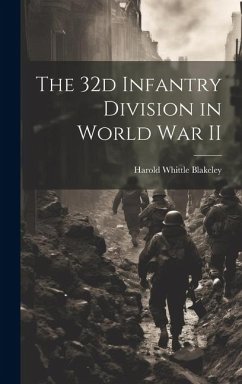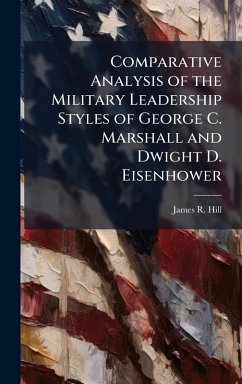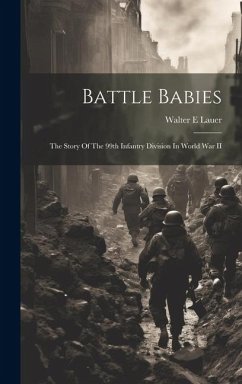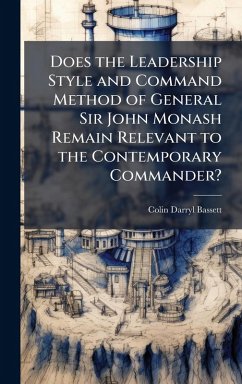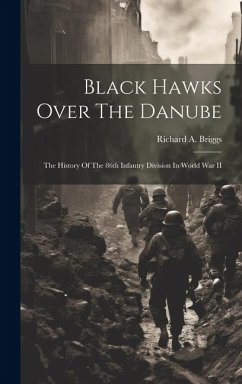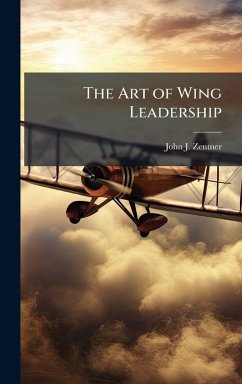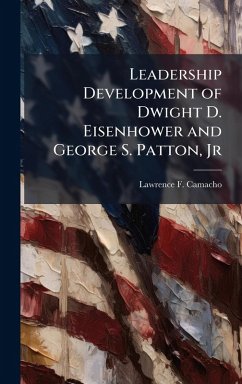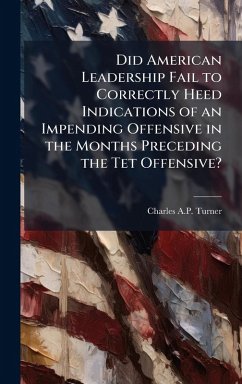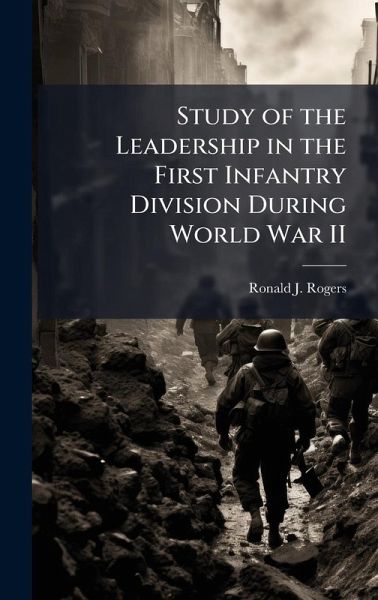
Study of the Leadership in the First Infantry Division During World War II
Versandkostenfrei!
Versandfertig in über 4 Wochen
29,99 €
inkl. MwSt.
Weitere Ausgaben:

PAYBACK Punkte
15 °P sammeln!
The most critical commodity on the battlefield is leadership and each war has provided the background for many leadership studies. Our Armed Forces service schools have conducted numerous of these studies in an effort to establish leadership guidelines which can be presented to military students for their own evaluation and application. Leadership is not an exact science; no two leaders are identical, nor should they be. Our service schools have recognized this and have cautioned students against copying the mannerisms of a particular leader. Each leader must preserve his own identity and capi...
The most critical commodity on the battlefield is leadership and each war has provided the background for many leadership studies. Our Armed Forces service schools have conducted numerous of these studies in an effort to establish leadership guidelines which can be presented to military students for their own evaluation and application. Leadership is not an exact science; no two leaders are identical, nor should they be. Our service schools have recognized this and have cautioned students against copying the mannerisms of a particular leader. Each leader must preserve his own identity and capitalize on his dominant leadership characteristics. The leadership of Major Generals Terry Allen and Clarence R. Huebner in commanding the First Infantry Division during World War II is a fine example of two generals who in succession, commanded a division with great success. This work has been selected by scholars as being culturally important, and is part of the knowledge base of civilization as we know it. This work was reproduced from the original artifact, and remains as true to the original work as possible. Therefore, you will see the original copyright references, library stamps (as most of these works have been housed in our most important libraries around the world), and other notations in the work. This work is in the public domain in the United States of America, and possibly other nations. Within the United States, you may freely copy and distribute this work, as no entity (individual or corporate) has a copyright on the body of the work. As a reproduction of a historical artifact, this work may contain missing or blurred pages, poor pictures, errant marks, etc. Scholars believe, and we concur, that this work is important enough to be preserved, reproduced, and made generally available to the public. We appreciate your support of the preservation process, and thank you for being an important part of keeping this knowledge alive and relevant.



